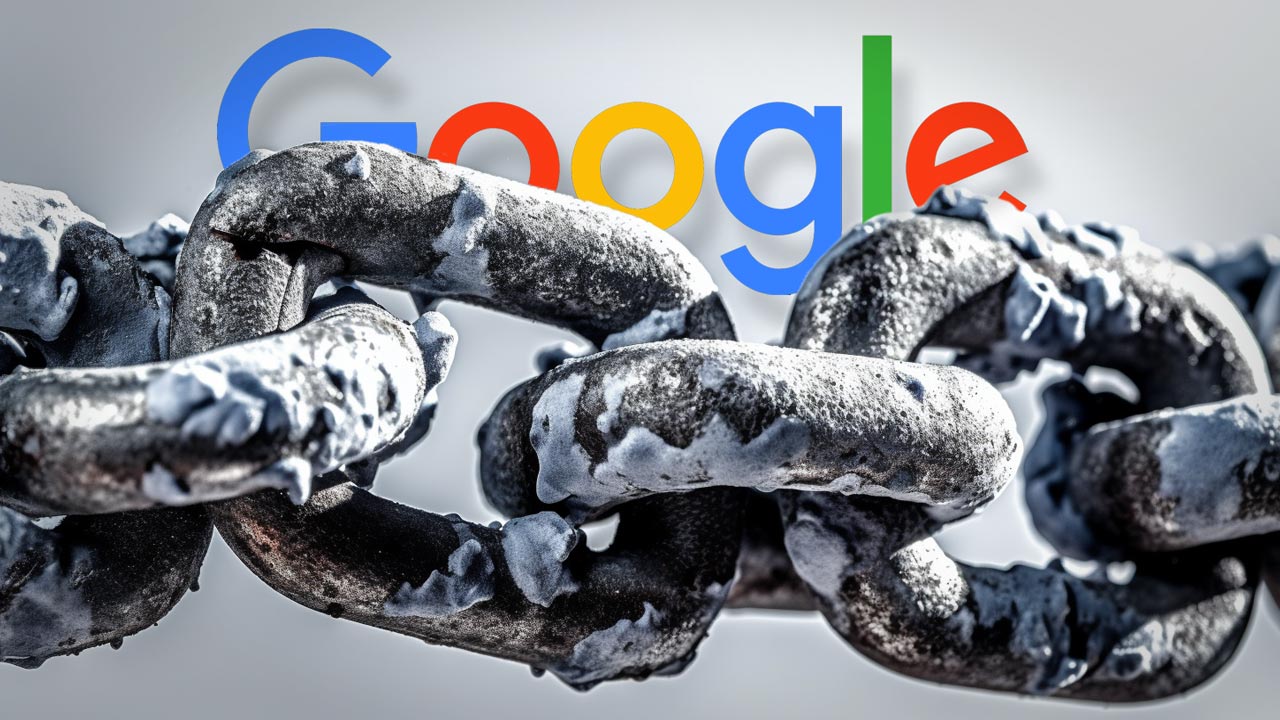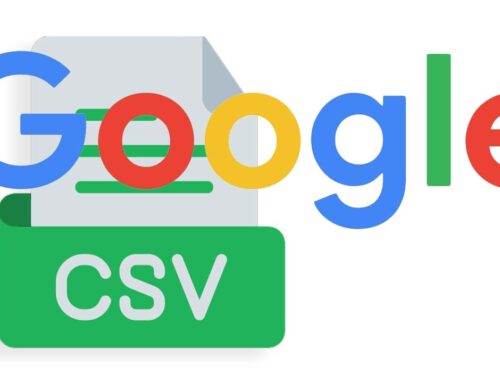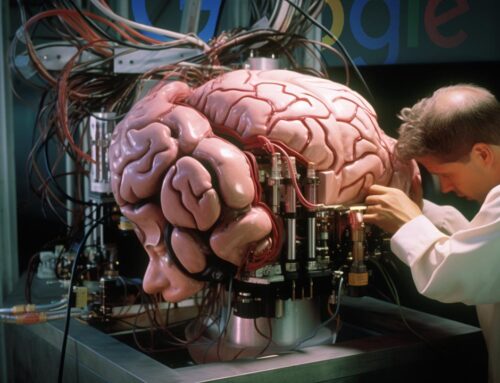Over the past few years, users have increasingly reported difficulty in finding the answers they’re looking for on Google. This article delves into this phenomenon, exploring the forces at play and their implications for users and the broader digital landscape. By the end of this piece, you’ll understand why Google’s search results may not always provide the information you need as quickly and efficiently as you’d like. The article also explores Google’s dominant position in the web browser market and digital advertising, and how these elements intertwine to create the current state of affairs.
Why is Google Getting Harder to Find the Answers?
Table of Contents
- The Evolution of Google Search
- Increased Advertising
- Algorithm Changes
- Implications for Users
- Frequently Asked Questions
- Final Thoughts
- Sources
The Evolution of Google Search
In its early years, Google’s search engine revolutionized the way we access information. It was simple, straightforward, and designed to give users the best possible answers to their queries as quickly as possible. However, as time has passed, there’s been a noticeable shift in how Google’s search engine functions. One of the primary changes has been an increase in advertising content and a shift in algorithmic focus, which some argue is making it harder to find relevant, non-advertised content[3].
Google’s search engine, launched in 1998, revolutionized the way people accessed information on the internet. Co-founders Larry Page and Sergey Brin developed a system that used “backlinks” to estimate the importance of a page, creating a more effective way to deliver relevant search results. This was the backbone of the “PageRank” algorithm, which enabled Google to surpass competing search engines in terms of relevance and accuracy.
Early Years and Simplicity
In its early years, Google’s search engine was known for its simplicity and effectiveness. The homepage featured a single search bar and two buttons. The search results were primarily ranked based on their relevance to the query, determined through the groundbreaking PageRank algorithm. This focused on the number and quality of backlinks to a webpage, assuming that more significant and reliable websites are likely to receive more backlinks from other websites.
Introduction of Advertising
In 2000, Google launched AdWords (now Google Ads), a platform where advertisers could create ad campaigns to reach online users. Initially, these ads were text-based and appeared on the right side of the search results. Over time, Google expanded its ad offering, with ads appearing at the top of search results and featuring images, reviews, and links to specific parts of a website.
Algorithm Evolution
Over the years, Google has continually updated its search algorithm to provide more relevant results and improve the user experience. In 2003, the “Florida” update targeted deceptive SEO practices. The 2011 “Panda” update prioritized high-quality content, penalizing sites with thin, duplicate, or plagiarized content. The “Penguin” update in 2012 further targeted webspam and over-optimization.
The “Hummingbird” update in 2013 began considering the context and intent behind queries, marking a significant step towards semantic search. The “Mobilegeddon” update in 2015 prioritized mobile-friendly sites as smartphone usage increased. In 2019, the “BERT” update improved Google’s understanding of natural language, particularly in conversational queries.
Shift in Focus
As Google’s advertising business grew and the web became more complex, there was a noticeable shift in Google’s search results. The layout of the Search Engine Results Page (SERP) changed to accommodate more ads, local results, featured snippets, “People also ask” boxes, and other SERP features. This shift led to organic results being pushed further down the page.
Also, Google’s algorithm started considering user engagement signals and the quality of the user experience (e.g., site speed, mobile-friendliness, safe browsing) in its rankings, leading to a shift in how SEO is approached.
Current Scenario
Today, Google’s search engine is much more complex and sophisticated than its early versions. It now includes a wide variety of factors in its ranking algorithm, such as page speed, mobile-friendliness, secure (HTTPS) connections, and Core Web Vitals. The increase in ad content and these changes in Google’s algorithm have sparked discussions about the difficulty of finding relevant, non-advertised content, thus marking a significant shift from the early days of straightforward, ad-free search results.
Increased Advertising:
A significant factor contributing to the perceived decrease in Google search’s usefulness is the increase in advertising content. Google Ads dominates digital advertising, with an estimated 29% share of all digital advertising in 2021[1]. This has led to search results being filled with more promotional content, often pushing non-advertised, potentially more relevant, search results lower down the page[3].
A Closer Look…
Google has evolved from a simple search engine into a multifaceted tech giant, with advertising being a significant part of its business model. The advertising aspect of Google has grown exponentially over the years, with Google Ads holding an estimated 29% share of all digital advertising in 2021[1].
Impact on Search Results
This increase in advertising has directly impacted Google’s search results. Advertisements often appear at the top of search results, pushing organic results further down the page. This means users need to scroll past these advertisements to reach the organic results, which can make it harder to find relevant, non-advertised content[3].
Monetization of Keywords
Another aspect of increased advertising is the monetization of keywords. Advertisers bid on specific keywords relevant to their business in a process known as pay-per-click (PPC) advertising. The highest bidders get their ads displayed when users search for those keywords. This can lead to a situation where popular or high-demand keywords are dominated by advertisements, making it difficult for non-advertised content to gain visibility.
User Experience
From a user’s perspective, increased advertising can be a double-edged sword. On one hand, it can lead to more relevant ads being displayed, potentially helping users discover new products or services that they might be interested in. On the other hand, it can clutter the search results and make it more difficult to find non-commercial, informational content.
Shaping the Web
Increased advertising has also shaped the broader digital landscape. As Google is one of the largest drivers of web traffic, many websites have tailored their content to align with Google’s advertising-focused algorithm. This can lead to an oversaturation of commercially oriented content on the web, potentially marginalizing non-commercial or niche content.
In conclusion, the increase in advertising on Google has significant implications for how information is found and consumed on the internet. It underscores the importance of digital literacy and critical thinking skills for users navigating the web.
Algorithm Changes:
In addition to increased advertising, Google has made various changes to its search algorithm over the years. While these changes are typically intended to improve the user experience by providing more relevant results, they can sometimes make it harder to find the answers you’re searching for. These changes can affect the visibility of non-Google content and may prioritize advertised or promoted content[2].
A Closer Look…
Google’s search algorithm is a complex, ever-evolving system designed to deliver the most relevant search results for any given query. It is essentially the “mind” of Google, determining which results to display and in what order based on a multitude of factors.
The algorithm itself is made up of numerous smaller algorithms, each taking into account different aspects of a webpage such as the content on the page, the metadata, the number of links to and from the page, and more. In the early days of Google, the algorithm was relatively simple, focusing on factors like keyword density and backlinks. However, as the internet has evolved, so too has Google’s algorithm, incorporating a wider array of factors and becoming more sophisticated in its analysis.
Google regularly updates its search algorithm to improve the quality of its search results and to adapt to changes in user behavior and technology. These updates range from minor tweaks to significant overhauls that can drastically change the search engine results pages (SERPs).
One notable algorithm update was the “Panda” update in 2011, which aimed to lower the rank of “low-quality sites” or “thin sites” and return higher-quality sites near the top of the search results. This was followed by the “Penguin” update in 2012, which targeted websites that were deemed to be spamming search results by buying links or obtaining them through link networks designed primarily to boost Google rankings.
More recently, Google has been focusing on user experience with updates like the “Mobilegeddon” in 2015, which prioritized mobile-friendly sites in search results, and the “Core Web Vitals” update in 2021, which included factors like loading speed, interactivity, and visual stability of a page in the ranking algorithm.
However, these changes can sometimes make it harder for users to find what they are looking for, particularly if the algorithm prioritizes certain types of content over others. For example, changes may lead to an increase in the visibility of commercial sites or sites with high levels of advertising at the expense of informational or niche sites. Similarly, constant algorithm changes can also make it difficult for website owners to maintain their visibility in search results, as tactics that worked well in the past may become less effective or even penalized under new updates.
While Google’s algorithm changes are generally aimed at improving the relevance and quality of search results, they can also create challenges for users and website owners alike. It’s important for users to understand how these changes may affect their search experience, and for website owners to stay updated on the latest changes to maintain visibility in Google’s search results.

Implications for Users:
These shifts have significant implications for users. They may have to sift through more advertising and potentially less relevant content before finding the answers they’re looking for. It also raises questions about the neutrality of Google’s search results and whether the highest-ranked results are genuinely the most relevant or simply the most heavily advertised.
A Closer Look…
As Google’s algorithm continues to evolve, so too does the way users interact with the search engine and the results they receive. While many of the changes are aimed at enhancing user experience, there are several implications that can potentially affect how users find and consume information.
Difficulty in Finding Relevant Information
One significant implication of these changes is the increased difficulty in finding relevant, non-advertised content. As Google continues to evolve, its search results pages have become increasingly filled with ads, pushing non-advertised content further down the page. This can make it harder for users to find the information they’re looking for, especially if that information is not connected to a monetized platform or business[1].
Questioning the Neutrality of Search Results
Another implication revolves around the neutrality of Google’s search results. As the search engine’s algorithm places a higher emphasis on advertised content, users may start to question the impartiality of the search results they receive. This can potentially affect trust in the platform and lead to users seeking alternative sources of information.
Changes in User Behavior
Additionally, these changes can also influence user behavior. As it becomes harder to find relevant information, users may need to adapt their search strategies. This could involve using more specific or longer search queries, switching to other search engines, or going directly to trusted websites for information.
Privacy Concerns
Google’s algorithm changes also raise concerns about privacy. To provide personalized search results, Google collects and uses a significant amount of data about its users. While this can improve the relevance of search results, it also raises questions about data privacy and security.
Overall, the evolving nature of Google’s search algorithm has significant implications for users. It’s important for users to understand these implications and consider how they can adapt their search behaviors to continue finding the information they need effectively and efficiently.
Frequently Asked Questions
Final Thoughts
The most important takeaway from this article is the understanding that Google’s search engine, while still a powerful tool, has evolved in ways that may not always serve the user’s best interests. The increase in advertising content and changes in the search algorithm may make it harder for users to find the answers they’re searching for. This raises important questions about the future of information access and the role of search engines in our digital society.
Sources
[1] “Sep 1, 2021 · Google also dominates in the web browser market (almost two-thirds of browsers are Chrome) and web advertising (Google Ads has an estimated 29 per cent share of all digital advertising in 2021).” URL: https://thenewdaily.com.au/life/tech/2021/09/01/google-getting-worse-algorithm/
[2] “Sep 1, 2021 · Google also dominates in the web browser market (almost two-thirds of browsers are Chrome) and web advertising (Google Ads has an estimated 29% share of all digital advertising in 2021).” URL: https://theconversation.com/is-google-getting-worse-increased-advertising-and-algorithm-changes-may-make-it-harder-to-find-what-youre-looking-for-166966
[3] “Oct 19, 2020 · October 20, 2020 at 3:22 p.m. EDT. Compare Google search engine results over nearly two decades and a trend emerges: Results are filled with advertising and non-Google results are lower down …” URL: https://www.washingtonpost.com/technology/2020/10/19/google-search-results-monopoly/










